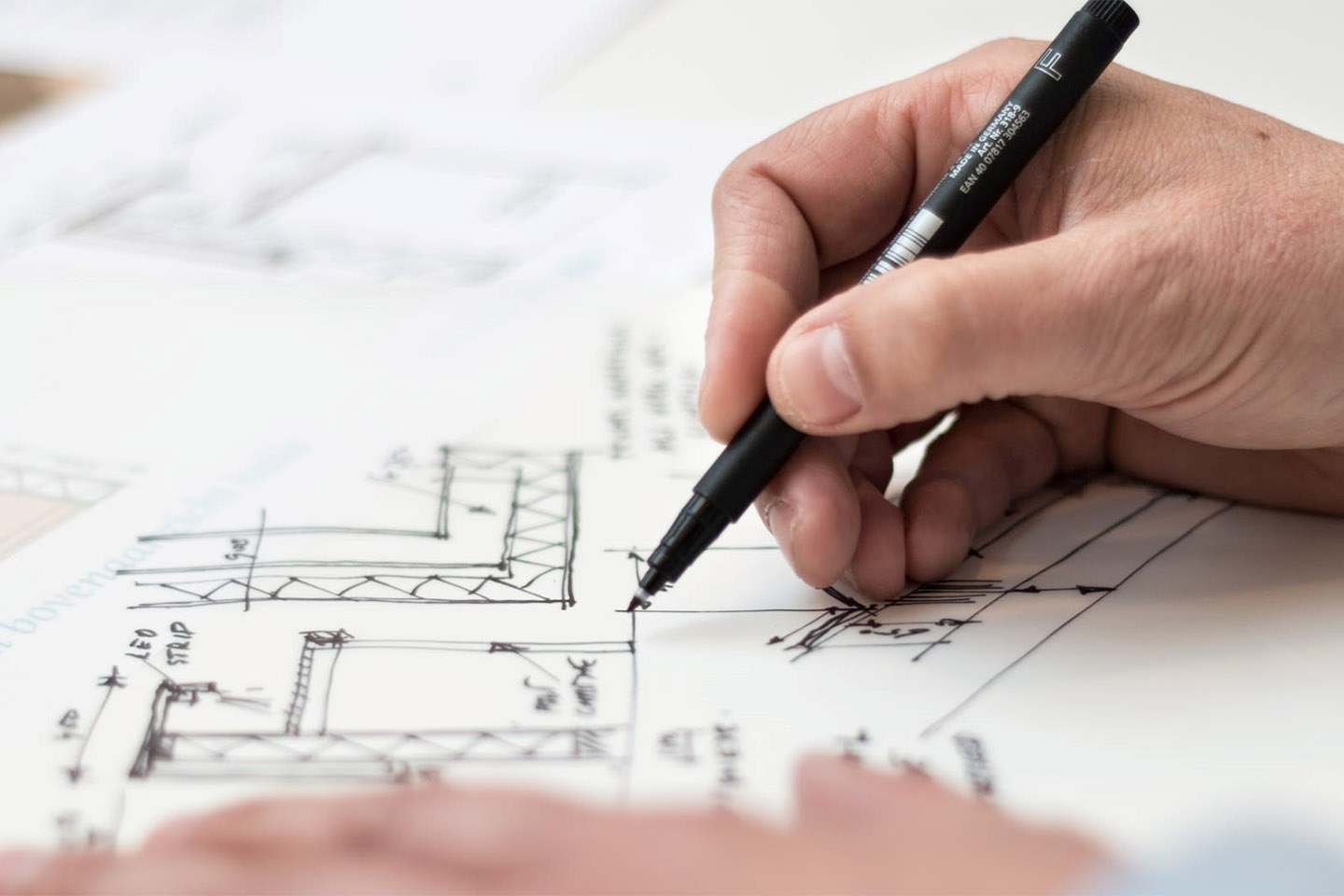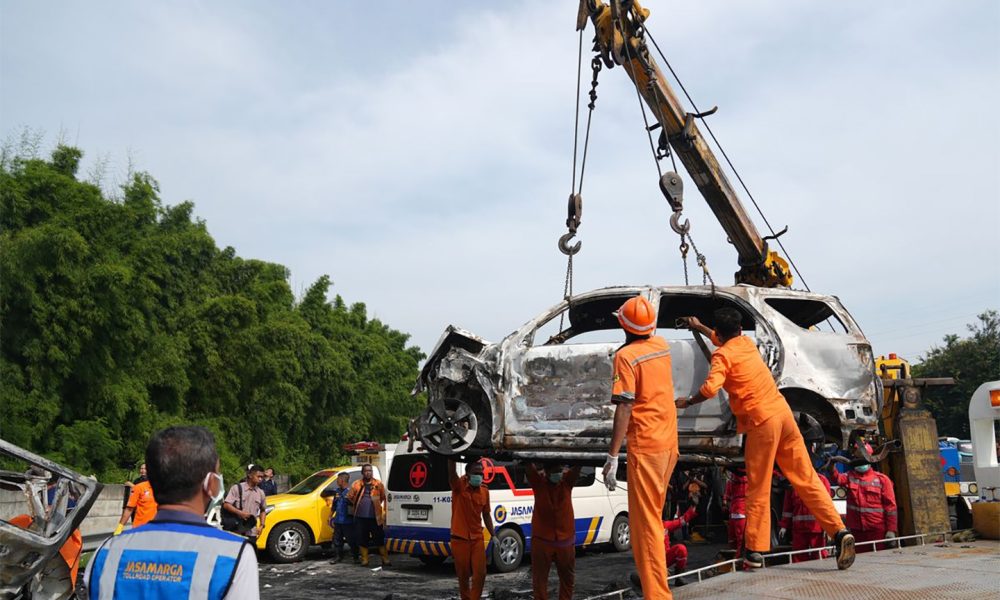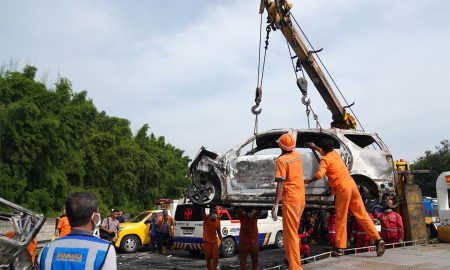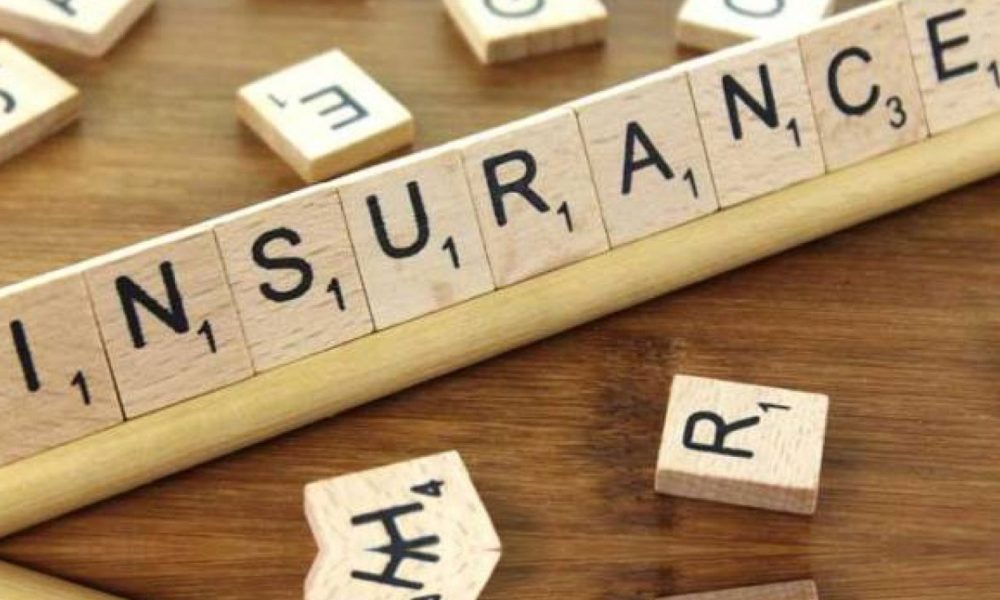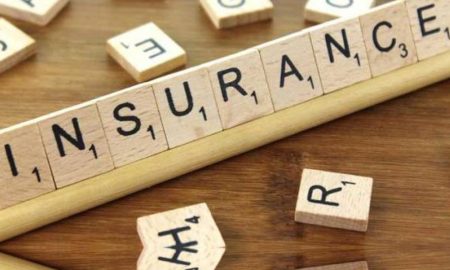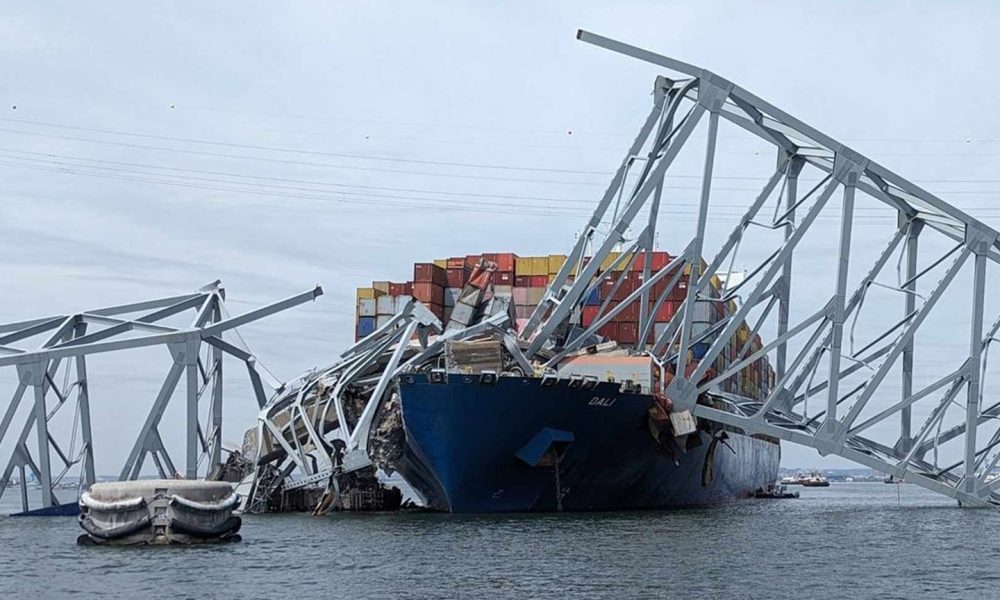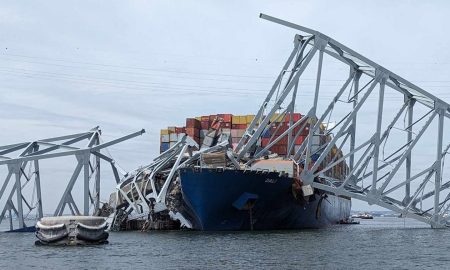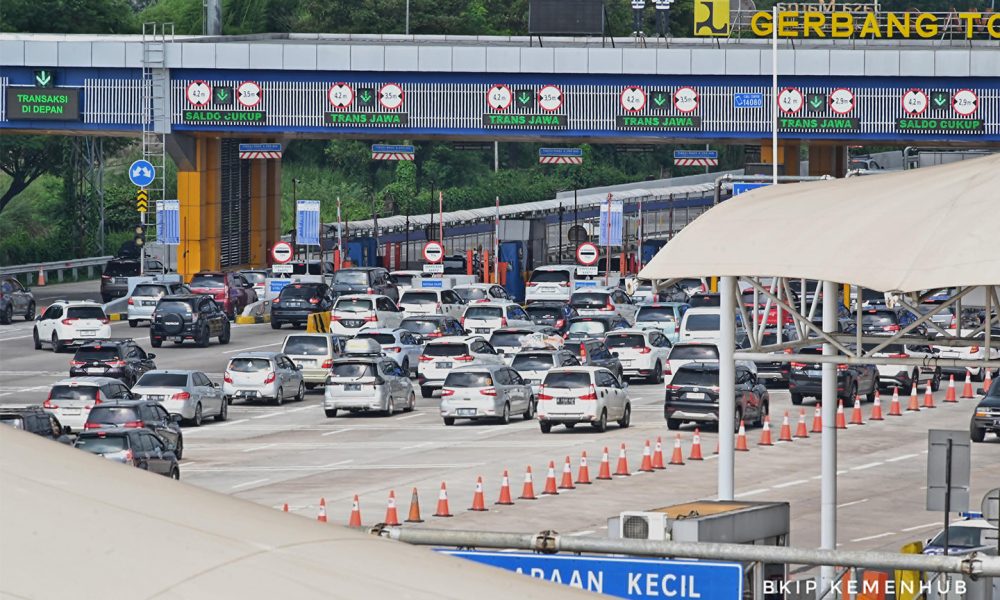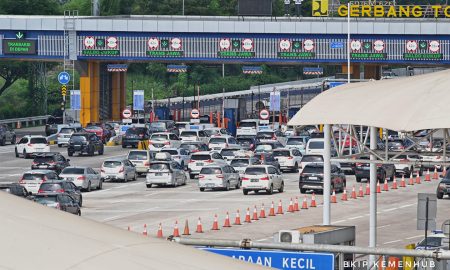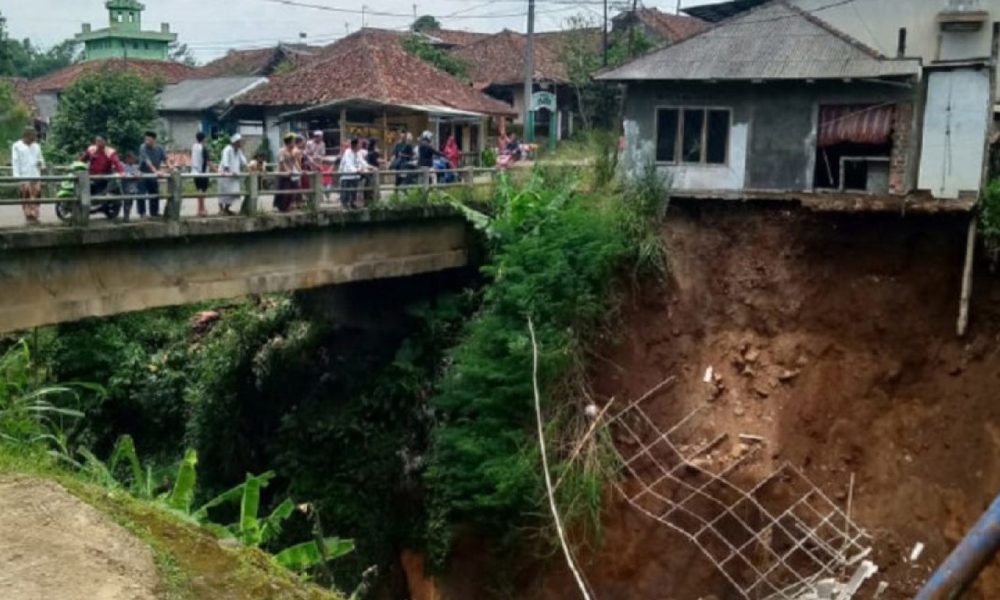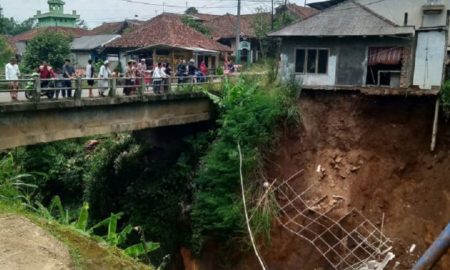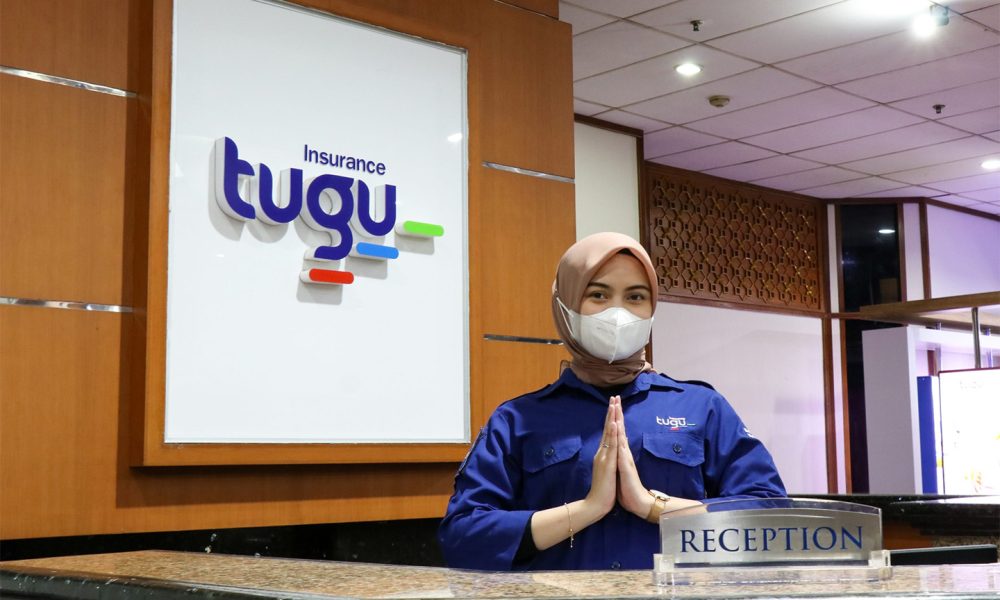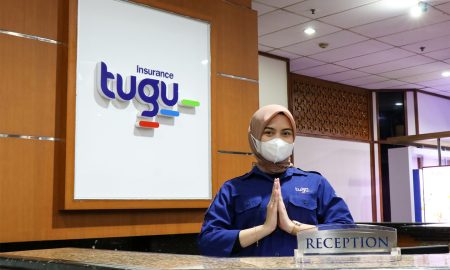Liga Asuransi – Dear readers, how are you? Let’s continue our discussion on engineering risks. This time we are talking about the responsibilities of architects and engineers.
In line with the economic rapid development after the COVID-19 outbreak, it is expected that there will be a revival of the construction industry in large numbers.
As we all know that the function of architects and engineers is very important in one project.
Architects are responsible for planning, developing, and implementing building designs. They compile feasibility reports, determine environmental impact, make project proposals, estimate costs, determine schedules, and oversee the construction process.
So, the presence of architects and engineers in one project is very important, therefore the project owners must be careful in choosing an architect for their project.
Although the project owner has tried to choose an architect with a good background, has education, wide experience, and ability in adopting new technology, there is still a potential risk due to mistakes and omissions made by architects that can thwart the project.
and omissions made by architects, contractors and parties involved in the project, architects, and engineers (A&E) liability insurance is needed.
In developed countries and in Indonesia, Professional Liability insurance has become an important requirement applied by the project owner to every consultant and contractor for the project.
For more discussion about the following types of insurance we write an explanation for you.
If you are interested in this post, please share it with your colleagues so that they also understand you.
Protection for design professionals
Architects and engineers rely on experience, industry best practices, and a deep commitment to customer satisfaction to succeed on projects. But, work doesn’t go as planned and they may face lawsuits related to mistakes that occur during a project. Even if a claim is without merit, the financial and reputational damage to the firm can be significant.
Architects and engineers’ professional liability solutions help protect designers, architects, engineers, consultants, and subcontractors, as well as the firms they belong to, against legal, financial, and reputational risk arising from the services they provide.
What a Professional Liability Insurance Works
Professional liability insurance policies are usually arranged on a claims-made basis, which means coverage is good only for claims made during the policy period. Typical professional liability policies will indemnify the insured against loss arising from any claim or claims made during the policy period by reason of any covered error, omission or negligent act committed in the conduct of the insured’s professional business during the policy period. Incidents occurring before the coverage was activated may not be covered, although some policies may include a retroactive date.
What Professional Liability Insurance Does Not Cover?
Coverage does not include criminal prosecution, nor all forms of legal liability under civil law, only those listed in the policy. Cyber liability, covering data breach and other technology issues, may not necessarily be included in core policies. However, insurance that covers data security and other technology security-related issues is available as a separate policy.
What Are Architects and Engineers (A&E) Liability Coverage?
As its name suggests, architects and engineers (A&E) liability coverage is a type of insurance policy designed to protect architects and engineers. Specifically, it provides coverage for potential damages relating to construction delays, structural damages, and other potentially costly risks.
Although A&E liability coverage is designed with the needs of architects and engineers in mind, similar policies are available for other professions, such as doctors and lawyers. Businesses can also obtain general commercial liability insurance to cover a range of potential claims.
Architects and Engineers (A&E) liability coverage is a type of insurance product purchased by building design and construction companies.
They help businesses avoid bankruptcy in the event of rare but costly damages for which the business is at fault.
Although it protects the individual professionals, A&E liability coverage is purchased by architecture and engineering firms rather than by the professionals themselves.
How A&E Liability Coverage Works
As we all know, designing a building is a complex undertaking. Mistakes in calculations could result in construction delays, or, in the worst case, could even cause a building to collapse.
Depending on the nature of the error, the architects and engineers who designed the building could be held partially or fully responsible for these damages, resulting in a costly financial penalty. To protect against this, many architects, and engineers purchase A&E insurance.
Although A&E liability coverage can go a long way toward controlling the risks of the building profession, there can be notable gaps in the coverage they provide. Common examples include damages relating to overseas projects, breach of contract, or emerging risks such as cyber liability.
Another potential issue is that, while most A&E policies provide global coverage, this coverage
Example of A&E Liability Coverage
Given its complexity, there are no shortage of ways for building companies or professionals to potentially incur costly damages. For example, an architect might design the roof of a building in such a way that the rain fails to drain properly, causing water damage.
Similarly, an engineer might forget to specify what type of adhesive or weather-proofing material must be used on a particular part of the building. If the construction company does not apply the correct material, this could cause the building to leak or be fragile. The nightmare scenario, of course, is for a building to collapse because of flaws in its design, potentially causing injury or death.
The type and extent of A&E liability coverage purchased often depends on the specific needs of the insured. After all, different kinds of building professionals will be exposed to different kinds of risks. HVAC engineers, for example, may want specific clauses relating to pollution, whereas a plumbing company working on construction projects might want protection relating to water damage.
How to find Architects and Engineers need (A&E) Liability insurance?
Frankly, It’s not easy to get this insurance. It requires a lot of data and supporting information.
Personal data from architects and engineers employed by the company. Including education, work experience and their reputation.
Likewise, company data, the company’s financial status, work experience and equipment owned.
The easiest way to get Architects and Engineers needing (A&E) Liability Insurance is to use the services of an insurance broker.
An insurance broker is an insurance expert who is on your side. Brokers design insurance programs that suit your needs, negotiating with multiple insurance companies for maximum guarantees and efficient premium costs.
One of the most important tasks of the broker is to assist you in the settlement of claims if they occur. The broker is on your side as an advocate in dealing with insurance companies.
One of the insurance brokers who are experienced in the field of Engineering Procurement and Construction in Indonesia is L&G Risk Insurance Broker.
For all your insurance needs, contact L&G right now!
Source: Architects and Engineers (A&E) Liability Coverage
—
Looking for Insurance Products? Don’t Waste Your Time and Contact Us Right Now
L&G HOTLINE 24 HOURS: 0811-8507-773 (Call – Whatsapp – SMS)
website: lngrisk.co.id
E-mail: customer.support@lngrisk.co.id
—



